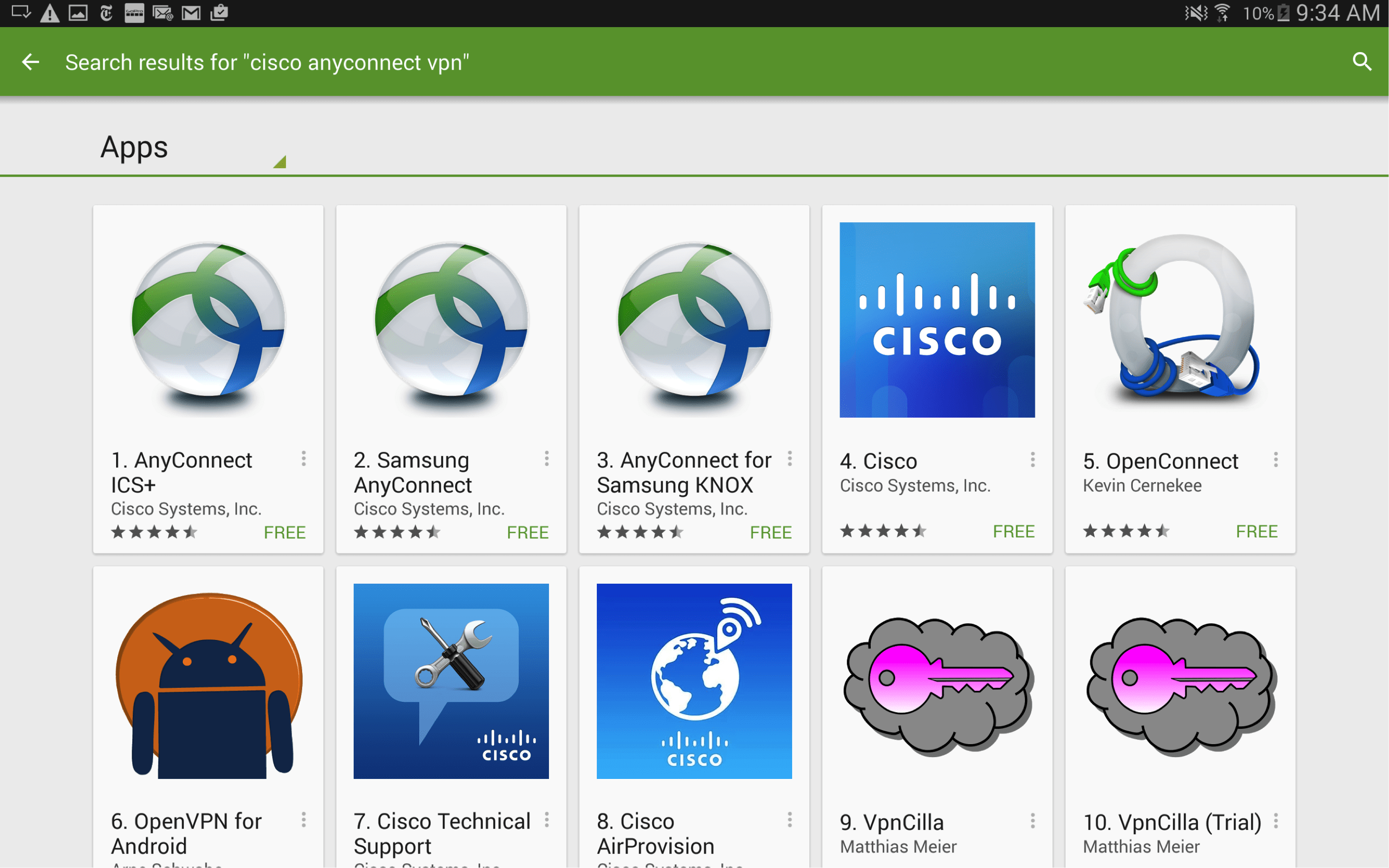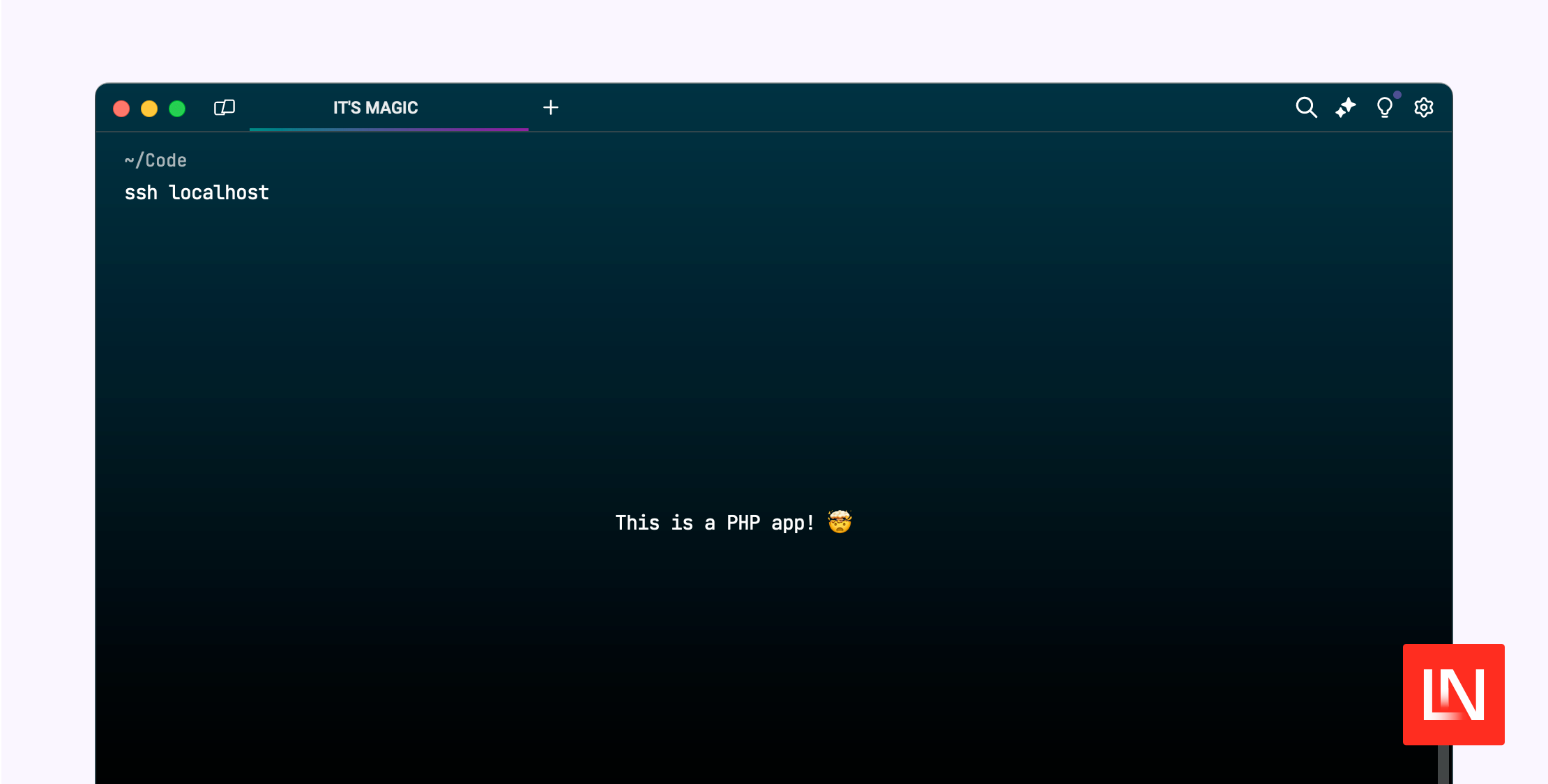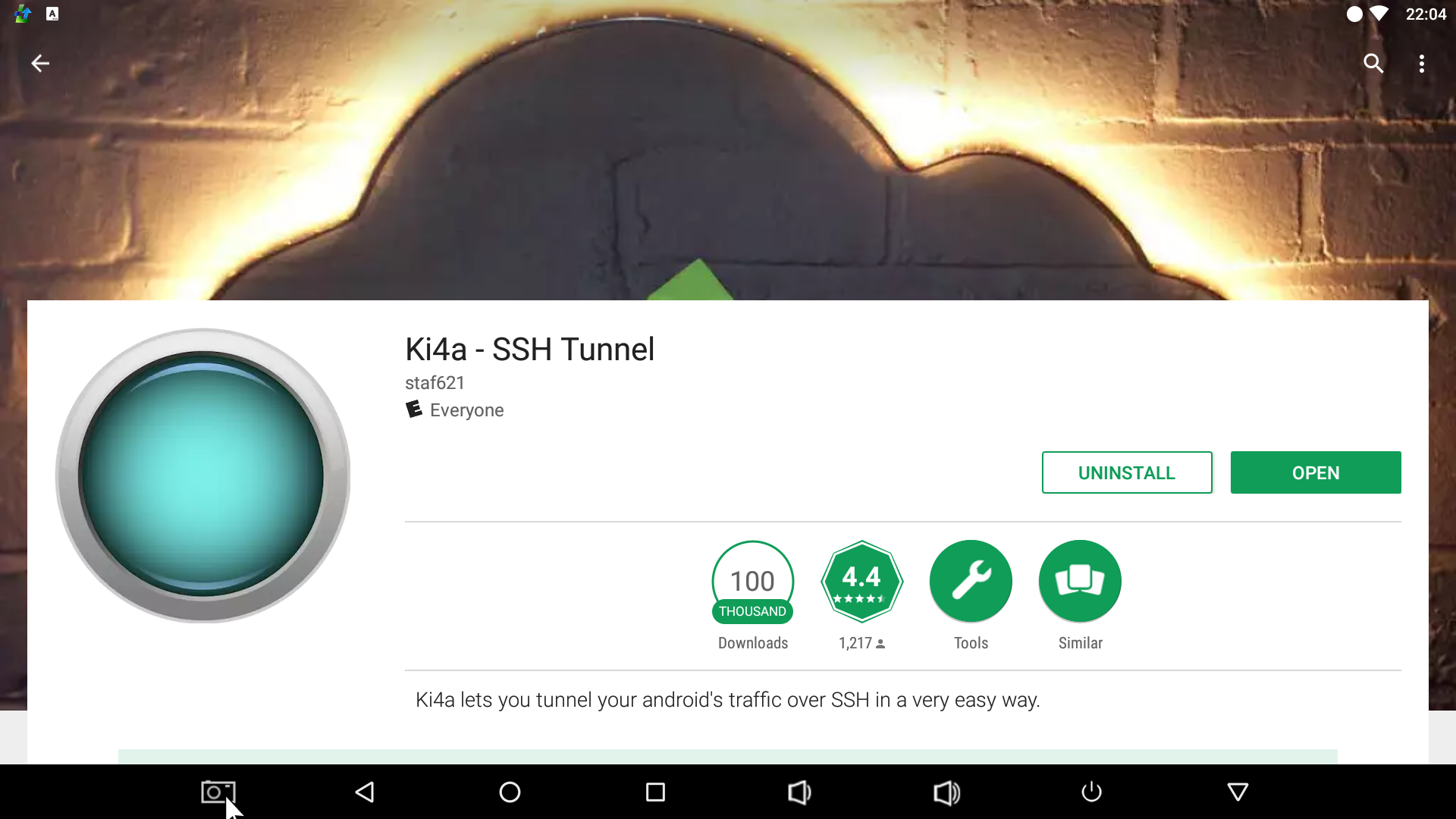Securely Connect RemoteIoT P2P SSH Download Android - Your Guide
Have you ever thought about how handy it would be to reach your smart gadgets, the ones far away, right from your pocket? Perhaps you have a tiny computer or a sensor system tucked away somewhere, doing its job, and you just wish you could check in on it or give it new instructions without being right there. It's a common wish for anyone playing around with smart devices that aren't always within arm's reach, and honestly, making that connection feel safe is a big piece of the puzzle.
Connecting to devices that are out of sight can feel a bit like trying to talk to someone across a big field. You need a clear way to send messages back and forth, and you definitely want to make sure no one else is listening in or messing with what you're doing. For folks who work with these far-off smart things, or even just have a personal project, getting a solid, private link is pretty much a must. And if you're using an Android phone for this, you're in luck, because there are ways to make it happen.
This is where a direct, secure channel, often called P2P SSH, comes into the picture. It's a way to set up a private chat line straight from your Android device to your remote gadget, making sure everything you send or receive stays just between you two. It’s like having a secret handshake and a special code word for every message. Learning how to get this setup, especially when it comes to getting the right tools onto your phone, can feel a bit tricky at first, but it's totally doable, and the peace of mind it brings is very much worth it.
- Unveiling The Roots Mariah The Scientists Parents
- Unveiling The Legacy Of Desmond Llewelyn
- Noodle Recall 2024 What You Need To Know
- Exploring The Lives Of Gilbert Arenas Kids
- Exploring The Family Life Of Keith Urban And His Children
Table of Contents
- What's the Big Deal About RemoteIoT P2P SSH?
- Keeping Your RemoteIoT Devices Securely Connected
- Why Think About P2P SSH for Your Android Device?
- How to Get Started with P2P SSH on Android
- Can You Really Securely Download and Install This?
- Getting Your Android Ready for RemoteIoT Connection
- What Are Some Common Hiccups with RemoteIoT P2P SSH?
- Making Sure Your RemoteIoT Connection Stays Secure
What's the Big Deal About RemoteIoT P2P SSH?
You might be wondering why everyone's talking about connecting to these far-off smart gadgets using something called P2P SSH. Well, it's pretty simple, actually. When you have devices that are not in the same spot as you, like a sensor in a garden far away or a little computer in another room, you still need to be able to talk to them. This is where the idea of "remote IoT" comes in. It's about managing things that are not physically near you. And to do that safely, you need a good way to get in, so that's where P2P SSH helps a lot. It creates a private, direct line, which is a big deal for keeping things safe, you know, from prying eyes. It's like having a secret tunnel just for your information, so it's a very good way to securely connect your systems.
Keeping Your RemoteIoT Devices Securely Connected
Making sure your far-off smart gadgets stay safely linked up is a really important step. Think about it: if someone could just walk in and mess with your device's settings or even grab private information, that would be a problem. That's why having a strong way to make sure only you can get to them is so valuable. Using something like P2P SSH means that the link between your phone and your distant gadget is all locked up. It's like putting a strong guard on the door, so only the right people can get through. This helps you securely connect your systems without much worry, which is pretty reassuring, honestly. It gives you a lot of peace of mind when dealing with remote IoT setups.
Why Think About P2P SSH for Your Android Device?
So, why would you want to use this P2P SSH thing, especially on your Android phone? Well, consider this: your Android device is probably always with you, right? It's your go-to for pretty much everything. So, turning it into a little control center for your far-off smart gadgets just makes sense. It means you don't need to carry around extra gear or be stuck at a computer to check on your systems. You can just pull out your phone, open an app, and securely talk to your device. It's about convenience, sure, but it's also about having that safe line whenever and wherever you need it, which is pretty handy. This approach lets you remotely control and check on things with ease, and that’s a big plus.
- Unveiling The Secrets Behind Laura Rutledges Salary
- Zahn Mcclarnon A Multifaceted Talent In Entertainment
- Unraveling The Mystery Why Did The Derricos Divorce
- Unraveling The Mystery Whos Spencer James Dad
- Sophie Rain The Star Of The Spiderman Video Phenomenon
How to Get Started with P2P SSH on Android
Getting going with P2P SSH on your Android phone might seem a bit involved at first, but it's actually pretty straightforward once you know the steps. First, you'll need to find a good app on the Google Play Store that lets you make these secure connections. There are a few options out there, so you might want to look at reviews and pick one that seems simple to use. Once you have the app, you'll typically set up some special keys, which are like unique digital fingerprints, to make sure your phone and your far-off gadget recognize each other. It’s a bit like exchanging secret codes. After that, you'll put in the address of your distant device, and you should be able to make that secure connection. It’s about getting the pieces in place so you can securely connect your Android to your other systems.
Can You Really Securely Download and Install This?
A big question a lot of people have is whether it's truly safe to get the necessary tools and put them on their Android device. And the answer is, yes, you can, but you have to be a little careful about where you get your stuff. Just like with any app, you want to make sure you're getting it from a trusted spot, like the official Google Play Store. Apps there usually go through checks to make sure they're not carrying anything nasty. If you're looking at something from somewhere else, you might want to be extra cautious and maybe do a little digging to see if it's a well-known and respected source. This way, you help make sure that when you download the tools, you're not bringing in any unwanted surprises. It's about being smart about what you put on your phone to keep your remote IoT setup safe.
Getting Your Android Ready for RemoteIoT Connection
Before you can make that safe link to your far-off smart gadgets, you'll need to prepare your Android device a little. This usually means making sure your phone's software is up to date, which is just a good habit for any device, really. Then, you'll want to find and install a good SSH client app. This app is what lets your phone "talk" using that special P2P SSH language. You might also need to set up some network things on your far-off device, like making sure it's set to allow these kinds of secure connections. It's a bit like getting both ends of a walkie-talkie ready to chat. Once your Android is set up with the right app and your distant device is listening, you're pretty much good to go to securely connect them.
What Are Some Common Hiccups with RemoteIoT P2P SSH?
Even with the best plans, you might run into a few little bumps when trying to get your far-off smart gadgets linked up using P2P SSH. One common thing that happens is getting the network settings just right. Sometimes, your home router or the network where your distant device lives might be a bit protective and not let these direct connections through easily. You might need to adjust some settings there, which can be a bit fiddly, honestly. Another thing is making sure your "keys" – those digital fingerprints – are set up correctly on both ends. If they don't match up perfectly, the connection just won't happen. It's like trying to open a lock with the wrong key. But with a little patience, most of these little problems can be figured out, so you can securely connect your systems without too much fuss.
Making Sure Your RemoteIoT Connection Stays Secure
Once you've got your far-off smart gadgets talking safely to your Android device, you'll want to keep it that way. This means a few things. First, always keep your SSH client app on your Android up to date. Updates often bring better ways to keep things safe. Second, be careful with your "keys" – those digital fingerprints we talked about. Treat them like very important passwords and don't share them with just anyone. If you ever think someone else might have gotten hold of them, it's a good idea to change them right away. Also, it's a good habit to only connect to your distant devices when you actually need to, and close the connection when you're done. These simple steps help you keep your remote IoT setup securely connected for the long haul, which is pretty important, you know, for peace of mind.
- Finding Solace In Sound Is Doom Metal Good For People That Were Groomed
- Mozzys Wife Name An Insight Into His Personal Life
- Pawn Stars Chumlee The Heart And Humor Behind The Counter
- Exploring The Life And Career Of John Nettles Today
- Unveiling The Legacy Of Chris Rocks Dad A Deep Dive Into Family And Influence

Securely Connect Your IoT Devices With P2P SSH On Android: A Beginner’s

Securely Connect Remote IoT P2P SSH: The Ultimate Guide

Securely Connect RemoteIoT P2P SSH Download Android: A Comprehensive Guide